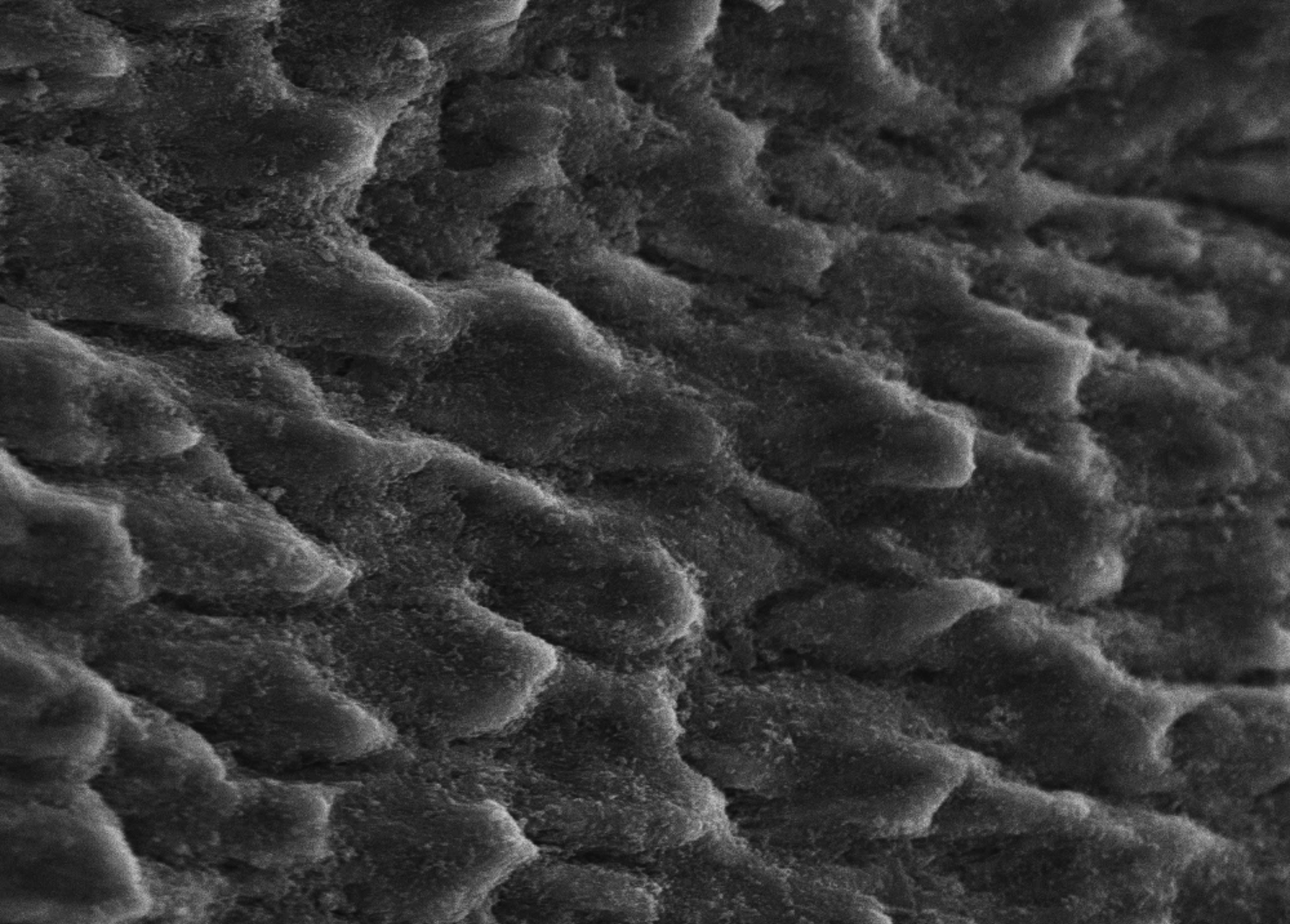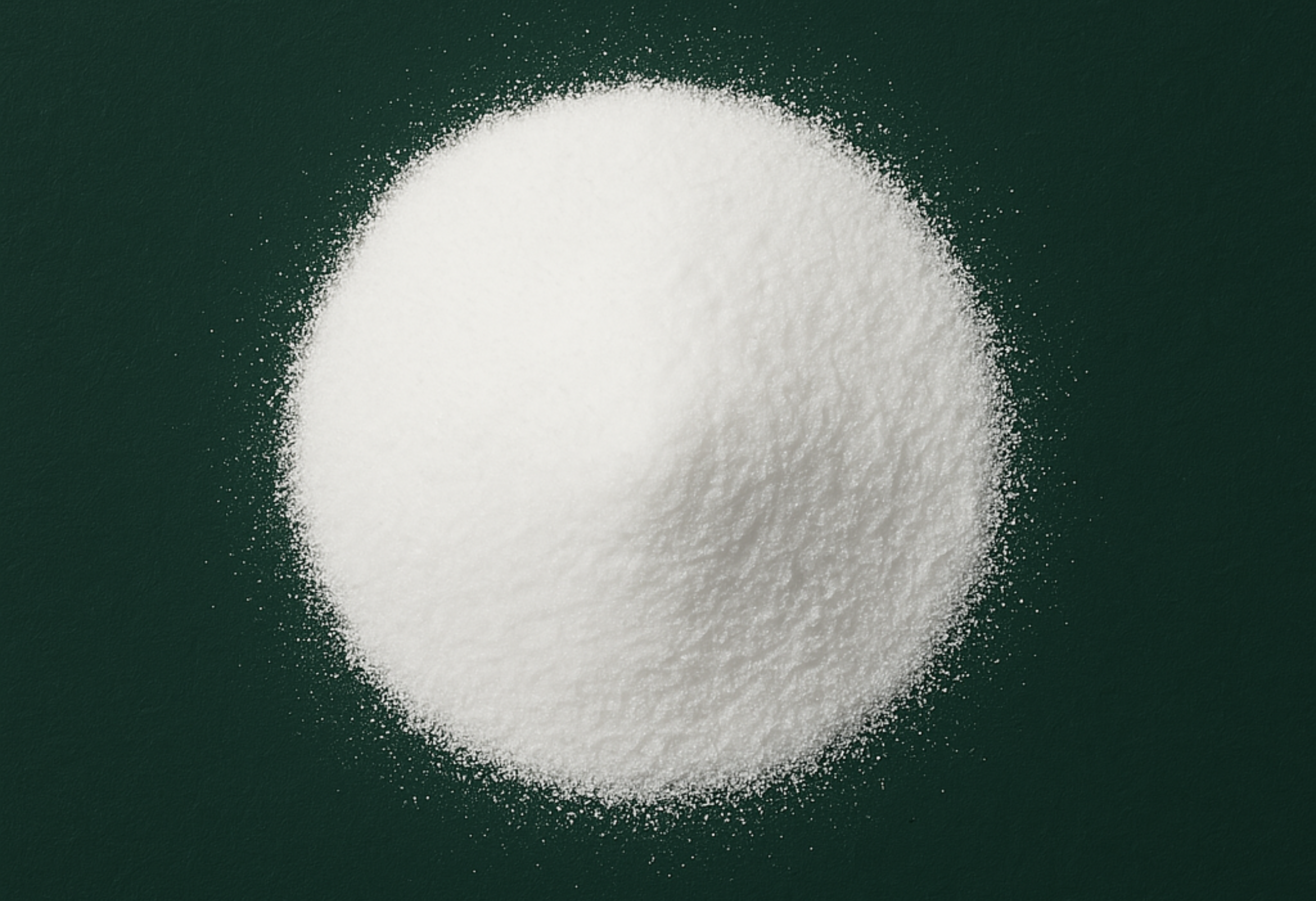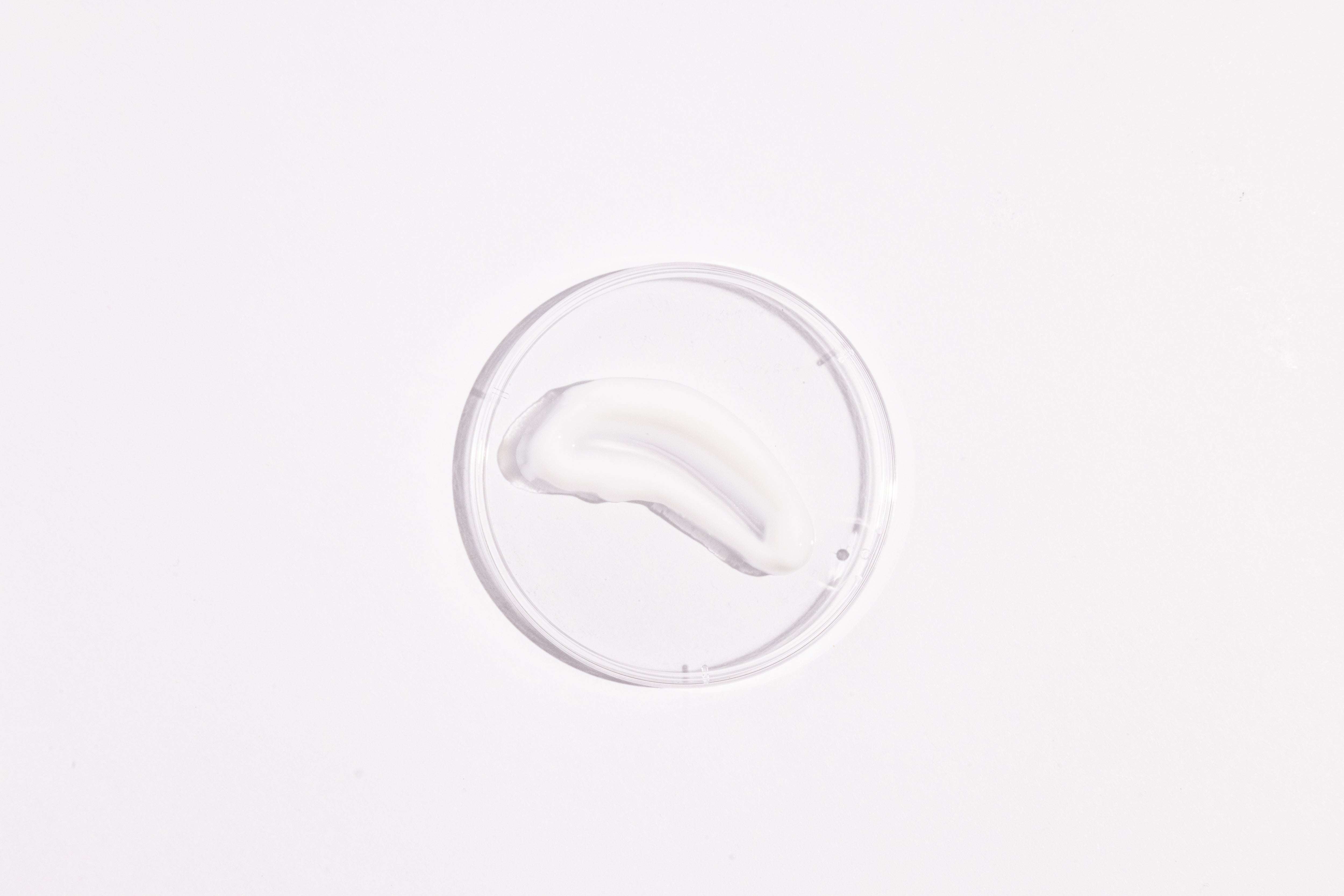The Difference Between Repairing and Regrowing
If you’ve ever read that enamel “can’t grow back,” you’re not wrong — but that’s only half the story.
To understand what’s possible (and what’s not), we first need to look at how enamel becomes damaged in the first place — and how new science is changing what’s possible for your teeth.
What Happens When Enamel Weakens
Enamel is the hardest substance in the human body — a mineral layer made almost entirely of hydroxyapatite (HAP), the same material found in bone. But even something that strong can weaken over time.
Every day, acids from plaque, food, and drinks slowly dissolve minerals out of your enamel — a process called demineralisation. When this happens, the enamel doesn’t vanish overnight; instead, it becomes softer, more porous, and more vulnerable to wear from brushing or chewing.
Some acids pull minerals straight out of the surface (called "surface etching"), whilst others work more slowly and subtly, pulling minerals out deeper into the tooth structure (called "sub-surface demineralisation"). But in both cases, this loss of minerals is making your teeth weaker.
At this stage, there’s still a structure left to save. The wall is still standing — it’s just missing some bricks.
Rebuilding Enamel (What’s Actually Possible)
When we talk about “rebuilding” enamel, we’re referring to replacing those missing minerals before the structure collapses completely.
That’s exactly what hydroxyapatite is designed to do. Because it’s chemically identical to the mineral that makes up 97% of human enamel, hydroxyapatite can bind to the weakened surface, integrate into it's structure (the sub-surface), and fill microscopic pores with fresh mineral crystals. Over time, this process rebuilds strength, smoothness, and resistance — effectively repairing and fortifying the enamel that remains.
How Nura Works
Nura’s Mineralising Paste uses a first-of-its-kind 12% concentration of hydroxyapatite, developed and validated in collaboration with researchers at the University of Milan and beyond.
This concentration isn’t arbitrary — it’s been scientifically tested to deliver the highest level of enamel repair and mineral replacement seen in any toothpaste formula to date. In laboratory testing, Nura’s formulation has been shown to repair enamel more than twice as effectively as the world’s leading toothpaste brand, while also reducing sensitivity and improving overall enamel hardness.
In short: Nura doesn’t just protect enamel — it actively rebuilds it.
How This Differs from Fluoride
Fluoride has been the gold standard in oral care for decades, and it does play a role in strengthening enamel. But fluoride’s effectiveness depends on what’s already there — it helps existing enamel attract minerals like calcium and phosphate from your saliva to reinforce itself.
The limitation is that fluoride can’t supply those minerals on its own. If they’re not already present in your saliva or enamel, fluoride has little to work with.
Hydroxyapatite, by contrast, contains the full set of minerals enamel needs — calcium, phosphate, and hydroxyl ions — in a complete crystalline form. That means it doesn’t just support remineralisation; it directly provides the building blocks enamel is made of, creating a physical layer of new mineral on the tooth surface.
This difference is what makes Nura’s approach so powerful: it doesn’t rely on your body’s mineral balance — it directly delivers the minerals your enamel needs, exactly where they’re needed.

Under the Microscrope - Demineralised enamel (left), after 1 week of treatment with a fluoride toothpaste (middle), after 1 week of treatment with Nura's 12% Hydroxyapatite toothpaste (right).
Regrowing Enamel
(What Isn’t Possible... Yet)
Once enamel has been completely eroded (when the structure has entirely gone) — no toothpaste or ingredient can regrow it. Enamel doesn’t contain living cells, so it can’t regenerate like skin or bone.
There are promising experimental approaches being explored around the world — from bioengineered enamel grown using proteins in Japan, to novel scaffolds built from materials like collagen and even horsehair that aim to mimic the structure of enamel crystals. These early studies are fascinating, but they remain laboratory-only for now: expensive, complex, and not yet applicable to real-world daily care.
Until those technologies become viable, the most effective approach is to preserve and rebuild the enamel you already have — which is exactly what hydroxyapatite makes possible.
Why Prevention and Repair Matter
Because enamel can’t regrow once it’s gone, the best approach is early intervention: rebuild and reinforce weakened enamel before it reaches the point of no return.
That’s the foundation of Nura’s philosophy — combining advanced science with daily use, so your teeth can repair themselves naturally before lasting damage occurs.
So while we can’t bring enamel back from nothing, we can rebuild and fortify what remains — protecting your teeth, restoring their strength, and maintaining their natural whiteness for the long term.
In short:
You can’t regrow enamel.
But you can rebuild what's damaged, before it's too late.
And that’s exactly what Nura is designed to do.


